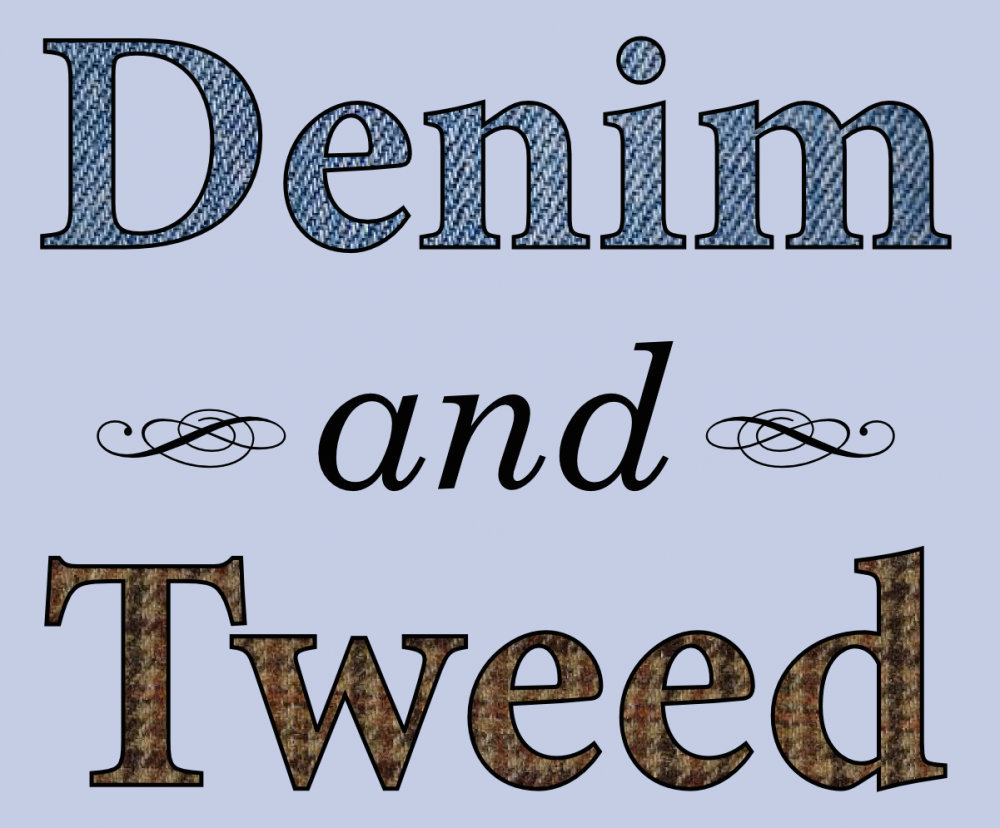 Regardless of what James Inhofe thinks, global climate change is going to dramatically reshape the natural systems our civilization depends upon. Unfortunately, even as we embark on the radical experiment of turning our planet’s temperature up to 11, we’re just figuring out what results to expect. A whole series of papers released in the last week exemplify this point, showing that living communities’ response to the changing planet may often be counter-intuitive.
Regardless of what James Inhofe thinks, global climate change is going to dramatically reshape the natural systems our civilization depends upon. Unfortunately, even as we embark on the radical experiment of turning our planet’s temperature up to 11, we’re just figuring out what results to expect. A whole series of papers released in the last week exemplify this point, showing that living communities’ response to the changing planet may often be counter-intuitive.
 Temperature stress may offset trees’ ability to soak up carbon dioxide. Photo by Wade Franklin.
Temperature stress may offset trees’ ability to soak up carbon dioxide. Photo by Wade Franklin.Let’s start with the bad news:
A study out in last week’s PLoS ONE suggests that, rather than growing more rapidly and absorbing more carbon dioxide as the planet warms, forest trees may actually grow more slowly. More carbon dioxide in the atmosphere should generally increase plants’ growth rates, since carbon dioxide is the raw material for photosynthesis. On the other hand, rising temperatures may put plants under so much stress that it offsets the benefits of more carbon dioxide.
Silva et al. examined core samples from four tree species—black spruce, red pine, red oak, and red maple—growing in Ontario forests, and found that the trees’ growth rings were narrower in more recent years, as atmospheric carbon dioxide increased. Comparison of the growth rings to carbon isotope ratios (which capture a tree’s response to temperature stress) suggested that the growth declines were due to less hospitable temperatures.
A large-scale historical study just out in Nature shows similar results for phytoplankton, microscopic photosynthetic organisms that form the base of ocean food chains. Working from historical records of ocean water transparency—phytoplankton makes water cloudy—going back to 1899, Boyce et al. found widespread declines in phytoplankton density [$a]. That’s bad news on multiple levels, implying that phytoplankton growth isn’t helping to absorb carbon dioxide, and that the oceans’ productivity is declining with its foundational food sources, not just from overfishing. (See also coverage of this result by the BBC and NPR.)
Now, the weird news:
The rule of thumb for plants’ response to climate change has been that they’ll respond to warmer temperatures by starting the growing season earlier. But a new survey of plant populations in Florida finds that as global warming progressed, most species flowered later. The authors suggest that this is because many Florida plant communities that are already adapted to warm conditions, and because climate change across much of Florida has meant not just warmer temperatures overall, but also greater seasonal variation in temperatures—areas where summer temperatures increased also tended to have decreasing winter temperatures. Faced with the possibility of more late frosts, Floridian plants are waiting till later in the spring to start flowering.
Another weird result of climate change received lots of press last week: a thirty-year study of yellow-bellied marmots in Colorado found that, as their alpine habitats grew warmer, the marmots grew bigger and more numerous [$a]. Warmer overall temperatures mean earlier spring thaws, so the marmots are emerging from hibernation earlier, have more time to grow and pack on fat reserves before hibernation in the fall, and can make more babies the next spring. Is this good or bad? Co-author Dan Blumstein’s answer to that question in an interview with NPR is worth quoting:
I don’t know if I’m worried as much as I’m intrigued by it and I want to continue following the story. … it’s only through these long-term studies that we can gain important insights into what’s happening, what’s happened and ultimately identify mechanisms through which we may be able to predict what might happen in the future.
Climate change is essentially a global gamble, with the function of ecological communities everywhere as the stakes. Even as we humans are unable to muster the will to stop it, we’re finding out daily how many changes are on the way as the planet warms.
References
Boyce, D., Lewis, M., & Worm, B. (2010). Global phytoplankton decline over the past century. Nature, 466 (7306), 591-6 DOI: 10.1038/nature09268
Ozgul, A., Childs, D., Oli, M., Armitage, K., Blumstein, D., Olson, L., Tuljapurkar, S., & Coulson, T. (2010). Coupled dynamics of body mass and population growth in response to environmental change. Nature, 466 (7305), 482-5 DOI: 10.1038/nature09210
Silva, L., Anand, M., & Leithead, M. (2010). Recent widespread tree growth decline despite increasing atmospheric CO2. PLoS ONE, 5 (7) DOI: 10.1371/journal.pone.0011543
Von Holle, B., Wei, Y., & Nickerson, D. (2010). Climatic variability leads to later seasonal flowering of Floridian plants. PLoS ONE, 5 (7) DOI: 10.1371/journal.pone.0011500
 Would you be less afraid of the big, bad wolf if we paid you? Photo by Eric Bégin.
Would you be less afraid of the big, bad wolf if we paid you? Photo by Eric Bégin.







